Ruth Carter’s Advice for Aspiring Costume Designers: ‘Be an Out-of-the-Box Thinker’
- Oops!Something went wrong.Please try again later.
- Oops!Something went wrong.Please try again later.
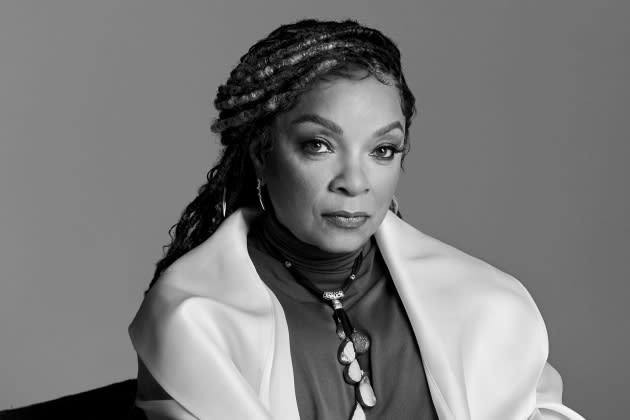
It took Ruth Carter a while to revisit the night she made history with her Academy Award win for her visionary costume designs for 2018’s “Black Panther.”
For a long time, Carter, who has been working in the industry for more than 30 years, didn’t watch the moment when she became the first African American to win the Oscar in the costume design category.
But as time went on, and her costumes went on display at various exhibitions, she would often hear her speech playing in the background.
More from Variety
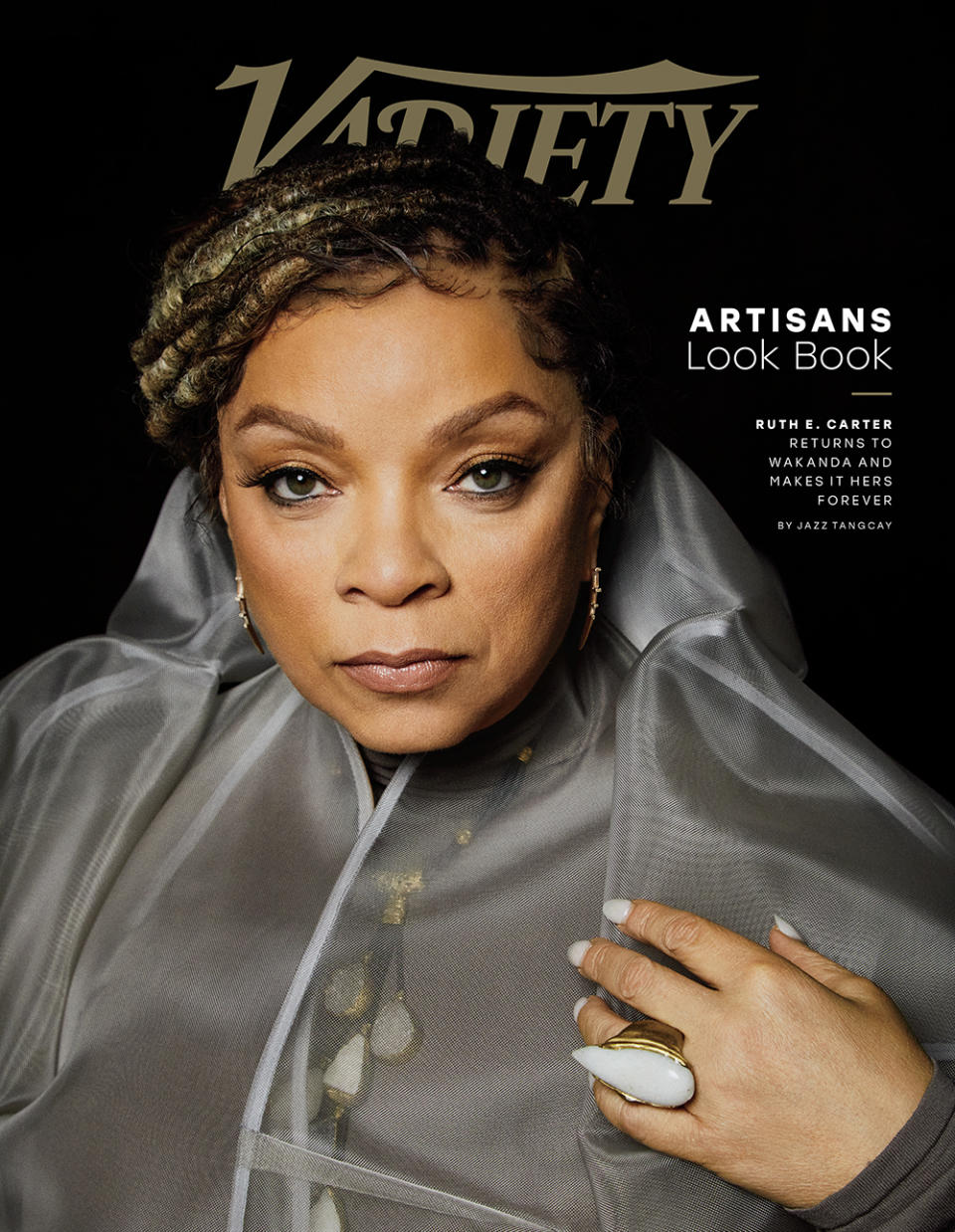
“It took me a few months to listen to the speech from start to finish because there are so many emotions involved,” Carter says.
That groundbreaking moment would throw open doors for costume designers coming after her, many of whom cite Carter as an influence and integral in helping further their careers.
But her impact goes beyond inspiring costume designers. “It’s also people who sat with their mom and watched the films over and over,” she says. “I’m constantly being reminded that they are that part of my journey. All my journey is a cultural experience for a lot of people. That’s what impacts me the most, it’s part of building up of the culture.”
She has become the go-to costume designer for many filmmakers. Ava DuVernay turned to her for “Selma.” Spike Lee has called on her for many of his films including “Summer of Sam,” “Do the Right Thing” and “Malcolm X.” Many of her credits — there are 71 and counting — are rooted in elevating Blackness and Black history.
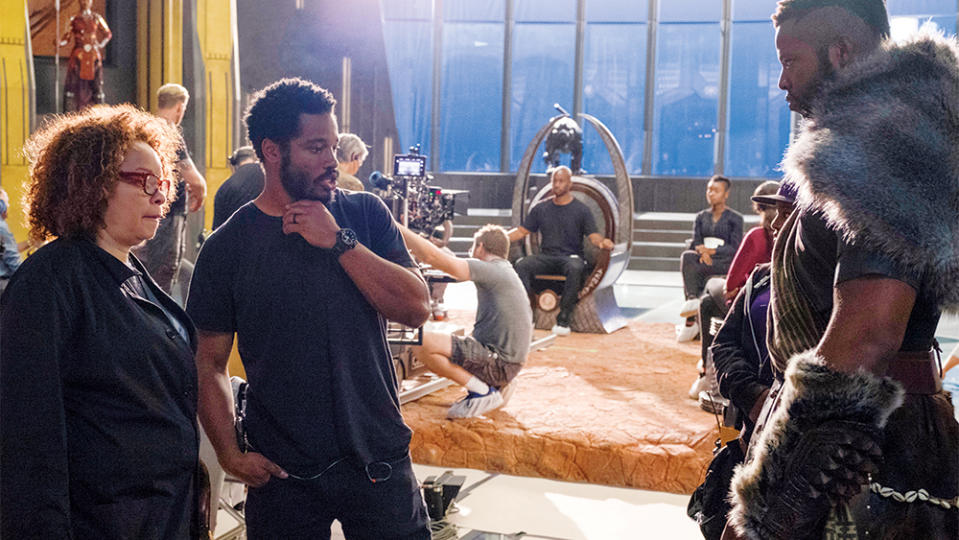
She calls Lee her foundation. “I came up through Spike Lee in New York. I felt I had a solid way of doing things. When I came to Hollywood, everyone was trying to explain to me how this is done: I should never be on set. I should go home. There were all these ways that people had in their minds. It was hard for me to stand my ground. I was bicoastal. [Spike] was my foundation. He was opinionated, very clear and all about us learning together.”
She recalls working on Lee’s 1999 feature “Summer of Sam,” which centers on the Italian American residents in the Bronx during the sweltering hot summer of 1977 as a serial killer is on the loose.
“To go into any part of New York City’s history was great excitement and joy for me,” she says. “We always wanted to be as authentic as we could, but also Spike Lee brings in another twist to the story.
“I remember the creativity of it all, and the period of the ’70s. I loved the cultural aspect of the Italians and African Americans and how they viewed what was happening [that summer]. … Working with Spike back in those days was like summer retreat where we were going to all come together and build a story and it was very much a creative experience.”
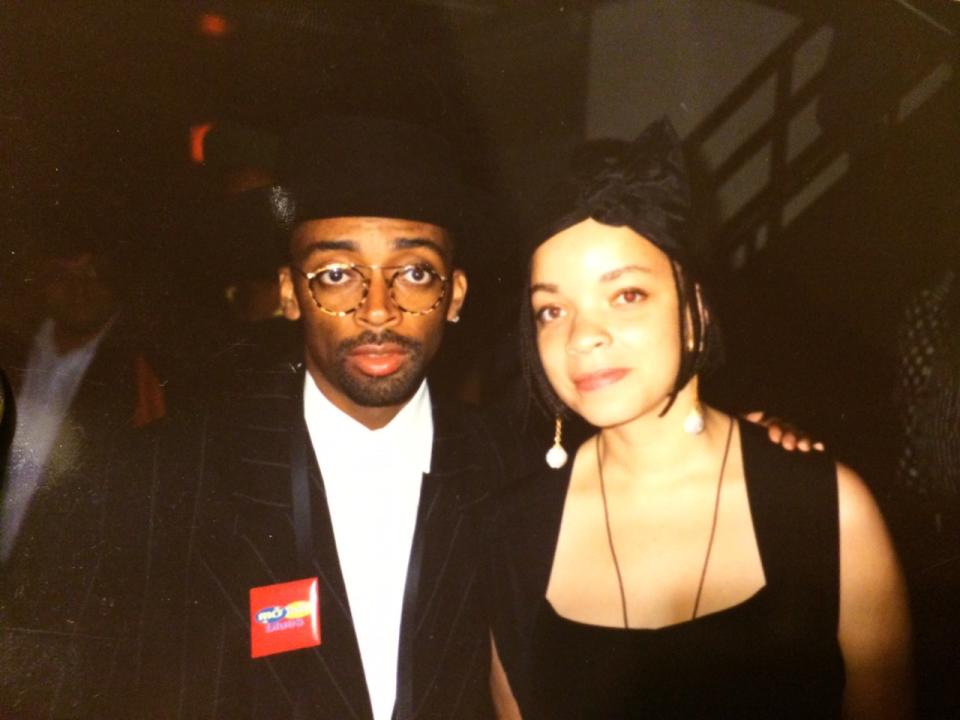
Whether she’s going back in recent his- tory to create costumes for Lee’s “Malcolm X,” for which she was Oscar-nominated, Tina Turner biopic “What’s Love Got to Do With It,” “Selma,” “Dolemite Is My Name” or “Amistad” (another Oscar nomination), or bringing comicbook heroes to life where looks are already ingrained in pop culture, Carter says: “There are those anachronisms because you are dealing with people’s contemporary mindset. But you really do want them to transform in time. I’m examining every layer and I’m trying to get it as close as possible to that because that’s where the magic lies. The magic is in you and your interpretation of the period. The magic is in how detailed you can make it to transform the audience into a new place in time.”
Carter continues to work her magic in “Black Panther: Wakanda Forever” with grander costumes and a new design to the iconic Black Panther costume. Carter delved even more into African prints and motifs in fabric, texture, jewelry and other pieces, while for the inhabitants of underwater kingdom, Talokan, she turned to the history and culture of Mesoamerica.
Carter built on the Afrofuturistic world of Wakanda by using spectacular 3D-printed headpieces and beaded warrior armor, but the watery world of Talokan was new challenge.
“It was a big undertaking. you’re not just painting and creating something. It really did need to have an anchor in historical facts, as well as be in the super-hero realm.”
She calls the film one of the biggest challenges of her career as she balanced influences, accuracy and, more importantly, the physical immersion of her designs in water. “We put it underwater, and everything just went up. I had to remake things that were tested. I had to weigh them down, and sometimes they were too light, other times, they were too heavy.”
Fashion designer Iris Van Herpen’s architectural style also influenced Carter, and in keeping with the notion of Afro-futurism and the advanced kingdoms — Talokan and Wakanda — Carter collaborated with Van Herpen on the film. “She was doing so many innovative things in fashion that looked like a lot of the things we were viewing underwater with the fish fins. Her pieces had this aquatic nature with chiffon, moiré and beautiful printing. She was duplicating the beauty on land and sea, I was anxious to get together with her and build a piece together. So, we built two pieces.”
The film’s opening funeral scene is grand, with tribes coming together to mourn their king, T’Challa, in a moving way memorializing the late actor Chad- wick Boseman, who had played that role.
To reflect African culture and mourning, Carter went with the purest of whites. She put heavy earrings and a heavy neck- piece on Princess Shuri [Leticia Wright] to reflect the “weight of her responsibility” and the burden that lies ahead.
Shuri hides in her work and deals with her loss. Carter explains, “We see gray a lot, that helps support the story of her and her grief. When we see her emerge as the Black Panther, it’s glorious. She’s entering her space, taking command and acceptance. It’s all those things once you see that emergence happen.”
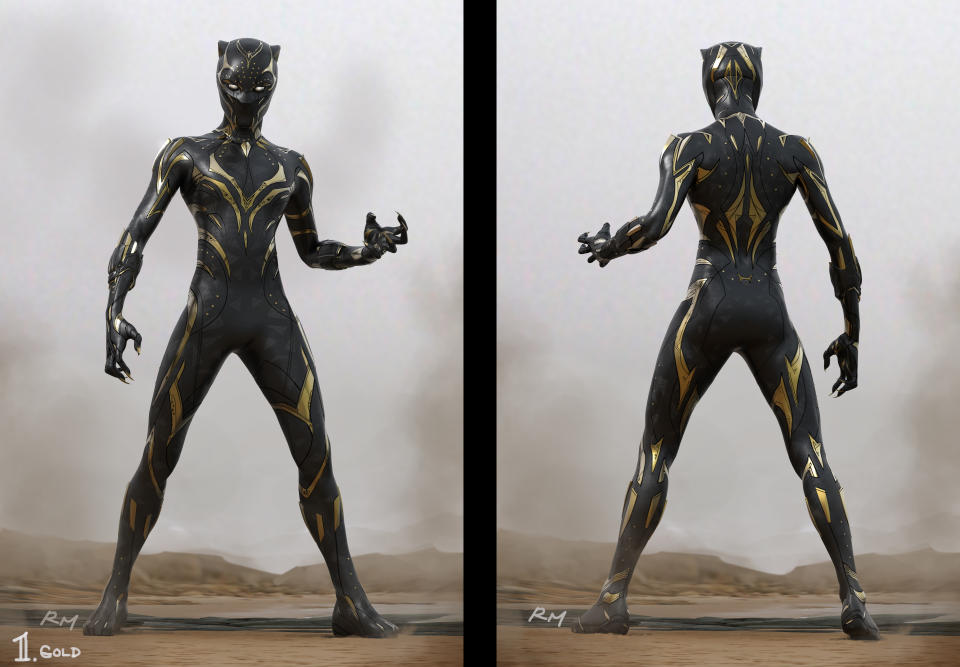
As a tech genius, princess and warrior, Shuri’s Panther suit was heavily adorned. “We created this gold and silver story on her suit, which was very different to T’Challa’s suit and has a feminine quality.”
The sequel is as much about motherhood and female empowerment as it is about grief. Early in the film, Queen Ramonda [Angela Bassett] heads to the United Nations. Carter based the queen’s looks on Afrofuturism, technology and royalty. Her outfit was purple and sleeveless; it symbolized royalty and power. It also harkens back to Ramonda’s look in the palace in the throne room from the first film.

Much like the world of Wakanda, Carter embraced technology early. Her brother introduced her to screen-capture technology in 1993. “He set up my first computer station and I was doing things on the computer way earlier, and people didn’t understand it. Young people need to think outside the box. As an out-of-the- box thinker, I want them to see that in my work and be inspired by it.”
Carter is currently in Atlanta after being tapped for another MCU film, the “Blade” reboot.
When asked how she picks her projects, Carter points to the TV series, “Yellowstone,” and working on the first season of the Paramount+ series. “I think to myself, ‘Why did I take a Western?’ I think it’s the challenge of creating characters,” she replies. “It’s being able to challenge your- self by place, time and circumstance.” She adds, “I want the story to transform me when I read the script. I want to be excited about the story. I want to be excited about the possibilities of the characters and where I can take them. I don’t want to do the same thing over and over again; I want to be challenged by nuances and new ideas.”
Best of Variety
Sign up for Variety’s Newsletter. For the latest news, follow us on Facebook, Twitter, and Instagram.

